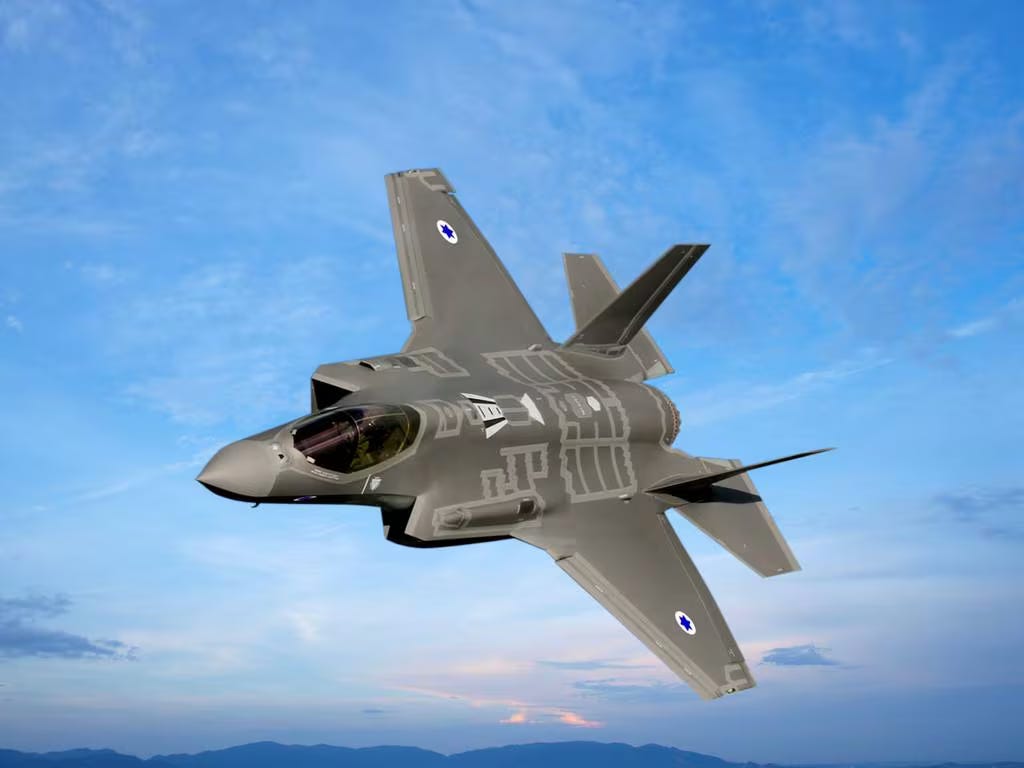Houthi rebels using a drone hit a Norwegian tanker ship for the second time in the Red Sea on Monday, December 11.
The ship had first been hit on Sunday by a Houthi cruise missile, most likely a Quds-1, a copy of the Iranian Soumar cruise missile or the Russian Kh-55.

The first attack was reported by the UK Marine Trade Operations (UKMTO) office which reported the attack took place at 2100 UTC (or midnight local time) in the vicinity of the Bab El Mandeb strait, about 15 nautical miles west of port Mocha, Yemen.
The French FREMM frigate Languedoc destroyed two drones on Sunday that were aimed at the warship, and shot down another drone on Monday that apparently had been aimed at the Norwegian tanker.
The Languedoc also blocked a Houthi assault team trying to hijack the Norwegian ship, which explains why the warship was targeted by the Houthis. The Languedoc is working with the US Central Command in the Persian Gulf and Red Sea.
It is costly to shoot down cheap Houthi drones. The French frigate fired Astra 15 missiles that downed the three drones, at a cost of $2 million per missile.
The USS Carney destroyed three Houthi “land attack missiles” in October using SM-2 missiles. These cost around $2.1 million each.
There is no official information on the types of drones or the cruise missiles used in these attacks. The best candidate for the drones is probably the Houthi “copy” of the Iranian Shahed 136 drone, the same model that was sold by Iran to Russia and used in the Ukraine war. The Shahed costs around $20,000 per copy.

The tanker, the MK Strinda, was carrying biofuel (probably palm oil), not fuel oil, and was headed to the Suez Canal. Its voyage originated in Malaysia. The crew on the Strinda was reportedly safe. However the ship was engulfed in flames at one point.
The Houthis took full responsibility for the attack. The claimed the tanker was headed to Israel when in fact it was headed to the Suez Canal in transit to Italy.

The USS Mason responded to the distress call of the Strinda.
According to al-Arabiya, the Strinda “had been tentatively nominated by charterers for a cargo out of the Israeli port of Ashdod in January of 2024.”
The Straits and the Red Sea are international shipping lanes. The Houthi attacks violate the Law of the Seas. Attacks on merchant vessels are acts of war, as commonly understood.

Both the Pentagon and France’s Defense Ministry say that the Houthis are operating as a proxy for Iran.
The Houthis also have been firing cruise missiles, ballistic missiles and drones aimed at Israel. Israel has been able to destroy Iran-supplied ballistic missiles using its Arrow 2 and Arrow 3 air defense systems. According to Israel, one of its Arrow shots destroyed a Houthi missile in the exoatmosphere, the first time any air defense system has knocked out a ballistic missile threat in space.
Meanwhile the Israelis have also shot down cruise missiles and drones using their F-35 Joint Strike Fighters (called Adir, or Strong One, in Israel). This is the first time the US-made F-35 has been used against a cruise missile threat.

Nonetheless the situation continues to deteriorate in the Red Sea. Israel considers, correctly, that the Houthi operation is an attempt to blockade Israel. In 1956 and again in 1967 Egypt blockaded the Straits of Tira, which connect the Gulf of Aqaba and the Red Sea. Those blockades prevented Israel from getting oil from Iran, then under the Shah. Israel at the time said Egypt’s actions were an act of war.
While the US and France have been willing to try and prevent Houthi attacks on international shipping, neither has retaliated against Houthi launch sites or military installations. This has, naturally, encouraged the Houthis to increase their attacks.
The latest attack on the French warship changes the game. While there were other attacks that might have targeted the USS Carney and the USS Mason, the US said the targets were ambiguous. Not so in the direct attempt to hit the France’s highly advanced Languedoc frigate.
Will the attack bring about a change in allied strategy?
Reportedly, Saudi Arabia fears that any retaliation against the Houthis could lead to a renewal of Houthi attacks on the Kingdom.
The US has also been trying to calm regional tensions and, in particular, not cause a direct clash with Iran. Iran is sponsoring attacks by its proxies against US bases in Iraq and Syria, and mortar and rocket attacks against the US Embassy in Baghdad, and against Israel, by providing most of the weapons and training for Hamas, Islamic Jihad and Hezbollah.
While the attacks by the Houthis have not yet risen to a major threat to Israel, without countering the Houthis it is likely the threat will grow more dangerous for Israel. Israeli officials are warning that if the international community does not take action to stop the Houthi attacks, Israel will do so.
Meanwhile the Houthi attack on the Languedoc may force a policy change in Washington.
Stephen Bryen, who served as staff director of the Near East Subcommittee of the
US Senate Foreign Relations Committee and as a deputy undersecretary of defense
for policy, currently is a senior fellow at the Center for Security Policy and the Yorktown Institute.
This article was originally published on his Weapons and Security Substack. It is republished with kind permission.

